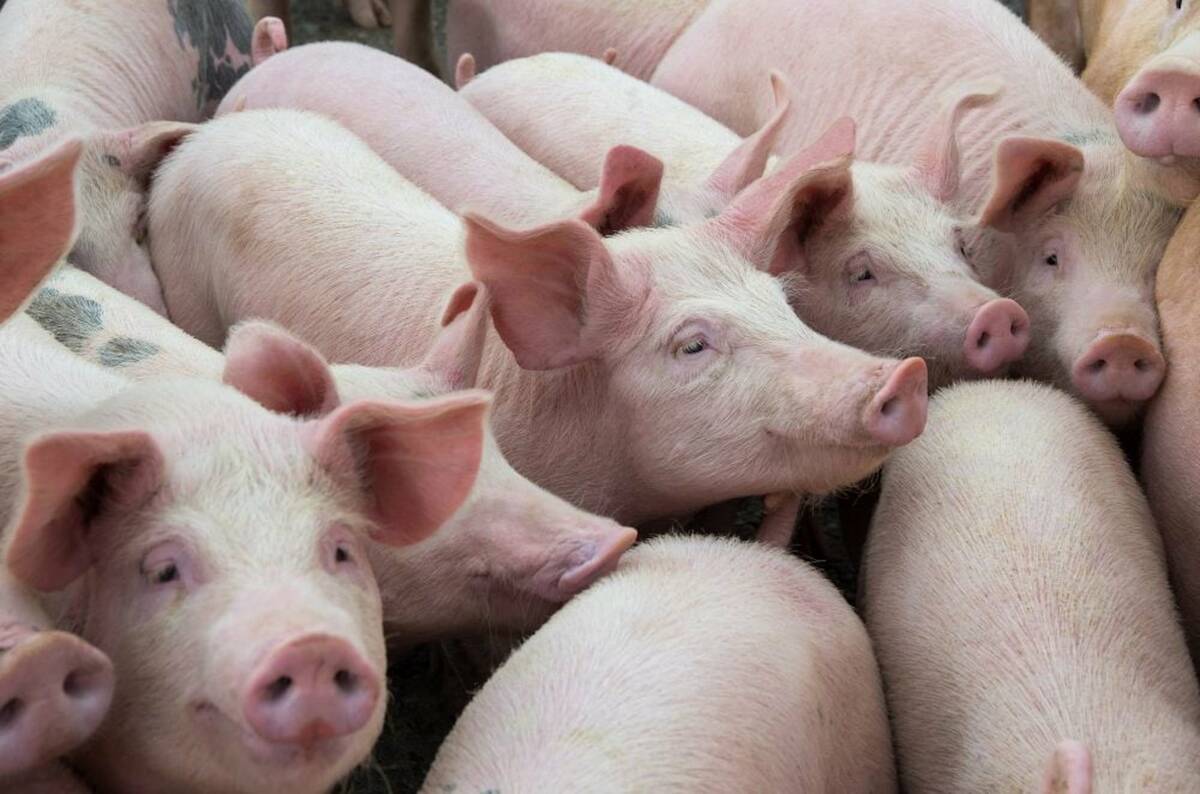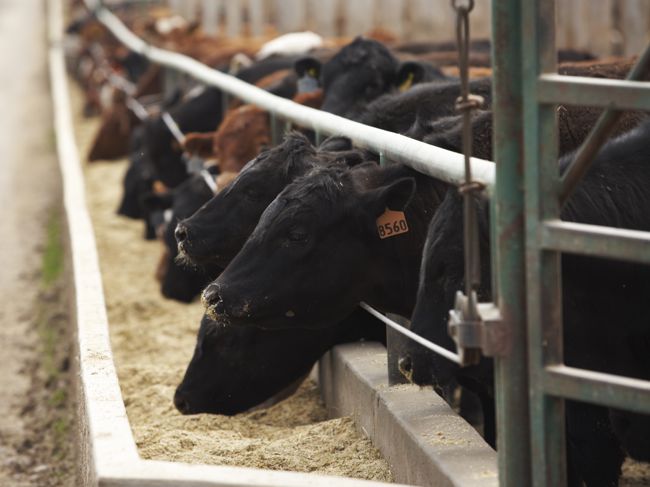Western Canadian feeder cattle prices traded steady to as much as $5 lower over the past week. Early in the week, buyers incorporated a risk discount due to the extremely cold temperatures, especially in the Eastern prairie regions. By Thursday, markets were factoring in the larger beef supply forecasts from the U.S. Department of Agriculture, which bolstered fears of a “2016 deja vu.” Order buyers were quite busy but interest was limited on price and quantity. Many Alberta operations appear to be carrying sufficient numbers for the time being, resulting in subdued buying behaviour. Heifer values were notably sluggish and buyer sentiment was extra-finicky on quality features.
Read Also

U.S. livestock: Hogs rise ahead of ‘Hogs and Pigs’ report
Chicago cattle futures continued to inch upward on Monday. Hogs also rose in anticipation of Tuesday’s Hogs and Pigs report….
Tan medium-flesh steers averaging 900 lbs. were quoted at $163 in central Alberta; however, in southern Manitoba, larger-frame medium-flesh 900-lb. steers were trading from $157 to $159. Mixed larger-frame medium- to lower-flesh heifers weighing 900 lbs. traded from $147 to 149 in Alberta; in eastern Saskatchewan and Manitoba, similar-quality heifers were $142 to $145. Larger-frame Angus-cross steers averaging 850 lbs. were quoted at $167 in southern Alberta but quality 800-lb. steers traded from $160 to $163 across the Prairies. Mixed steers averaging 600 lbs. traded readily at $190 in Alberta but quality 500-pounders were quoted from $222 to $225.
Alberta packers were buying fed cattle from $158 to $160 this past week. Margins remain in favourable territory but the June price is closer to $143. Margins will tighten to near break-even in the summer months and this is limiting the upside for feeders.
Secondly, USDA raised second-quarter beef production estimates to 6.645 billion lbs., up from the previous estimate of 6.405 billion and up from year-ago production of 6.187 billion. There is a bone of contention here that the fed and feeder markets haven’t fully digested the increased supply estimate. Feedlots are going to be aggressive on fed cattle sales in the short term, while at the same time being patient on replacements.
— Jerry Klassen is manager of the Canadian office for Swiss-based grain trader GAP SA Grains and Produits. He is also president and founder of Resilient Capital, which specializes in proprietary commodity futures trading and commodity market analysis. Jerry owns farmland in Manitoba and Saskatchewan but grew up on a mixed farm/feedlot operation in southern Alberta, which keeps him close to the grassroots level of grain and cattle production. Jerry is a graduate of the University of Alberta. He can be reached at 204-504-8339.
















